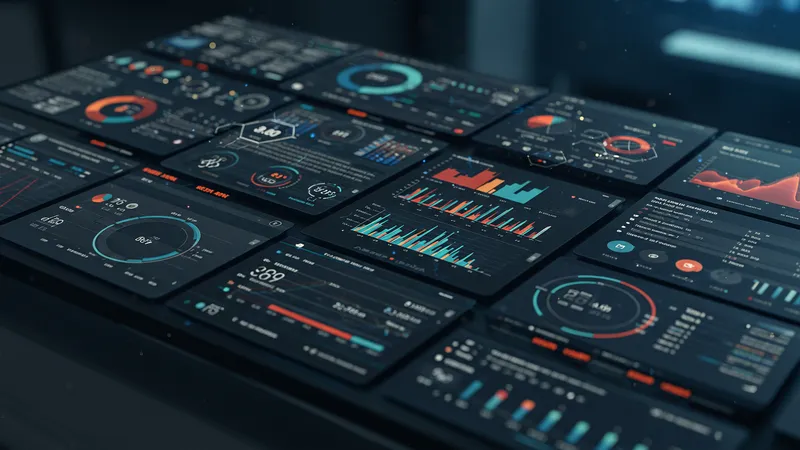
AI Video Targeting: Driving Smarter Strategies In Digital Advertising
Performance Metrics in AI Video Targeting
Evaluating the success of AI-driven video targeting demands more than impression counts. Google Ads offers detailed dashboards tracking view-through rates, conversion rates, and average cost per view—all in real time. These granular performance metrics let marketers rapidly gauge which creative directions and targeting parameters drive meaningful outcomes, leading to quick iteration and smarter budget allocation.

Meta’s campaign reporting goes deep on engagement statistics, including the percentage of video watched, time spent on each frame, and subsequent actions such as page visits or shares. Their AI models continuously train on these insights, refining targeting accuracy and optimizing media placements for better ROI. Brands with clear goals—like lead generation or awareness—can electronically track their progress directly within the platform dashboard.
TikTok’s analytics suite balances intuitive design with raw power, consolidating key performance indicators from top-of-funnel (reach, unique views) to bottom-of-funnel (conversion and follow-through). The platform’s AI analyzes the full customer journey, identifying which creative edits or audience adjustments contribute most to campaign impact. This closed optimization loop gives marketers actionable data to fine-tune future launches and creative assets.
With all three platforms, the constant feedback between algorithm and marketer is reshaping advertising efficiency. These systems surface unexpected patterns—like new geographic “hotspots” or periods of heightened conversion—and even suggest automated adjustments, ensuring advertising dollars work harder over time.